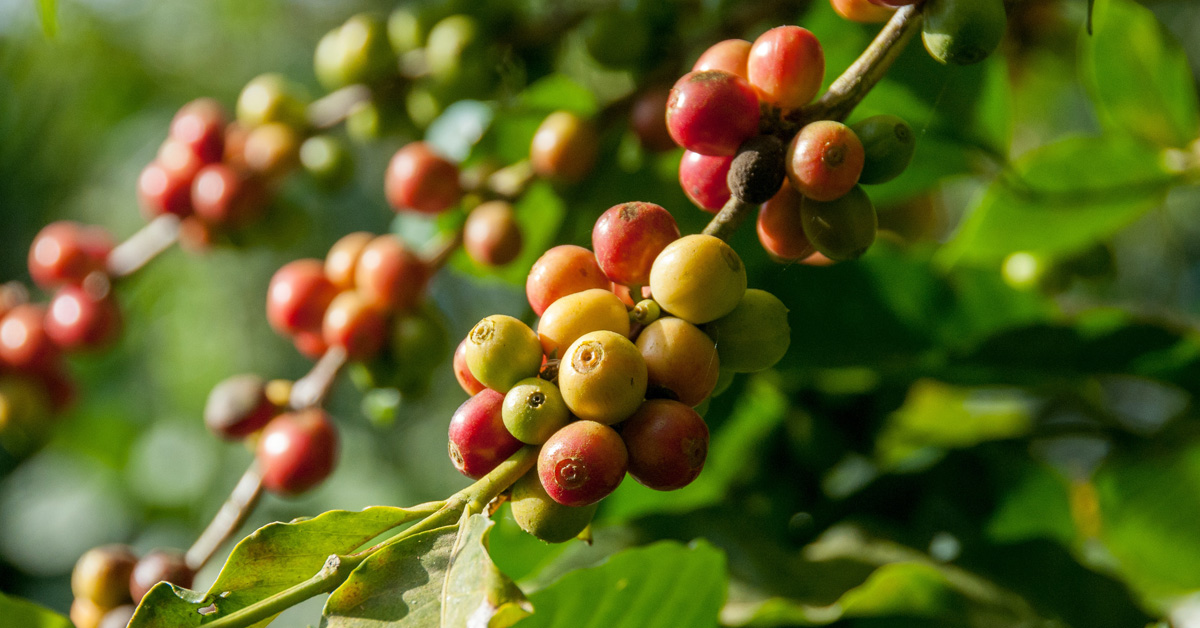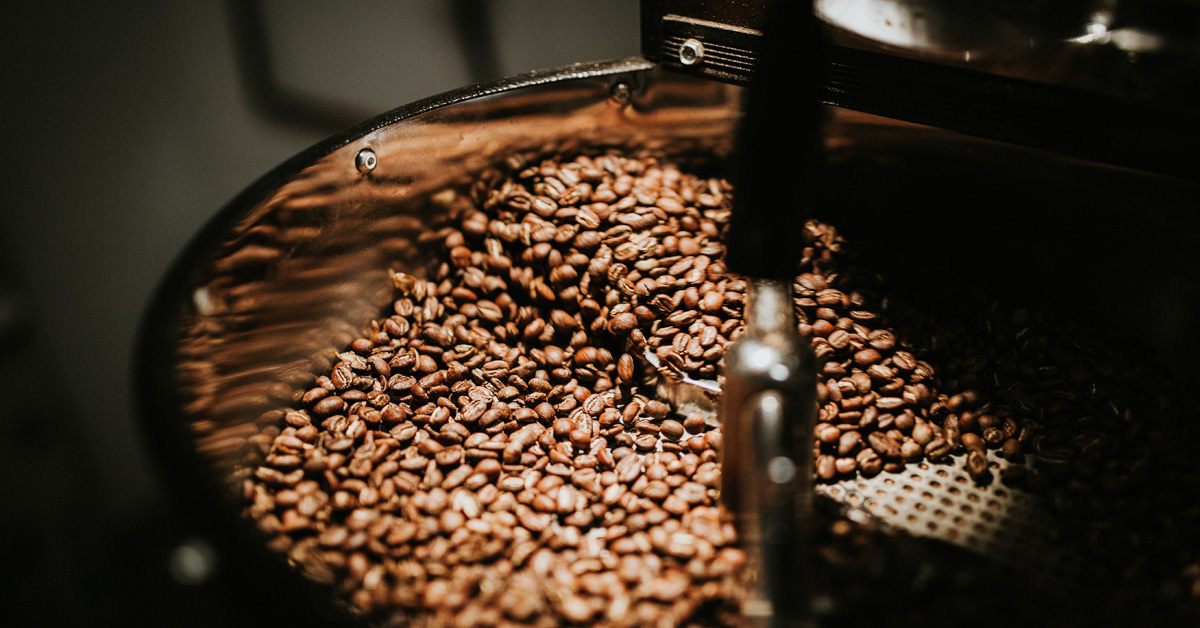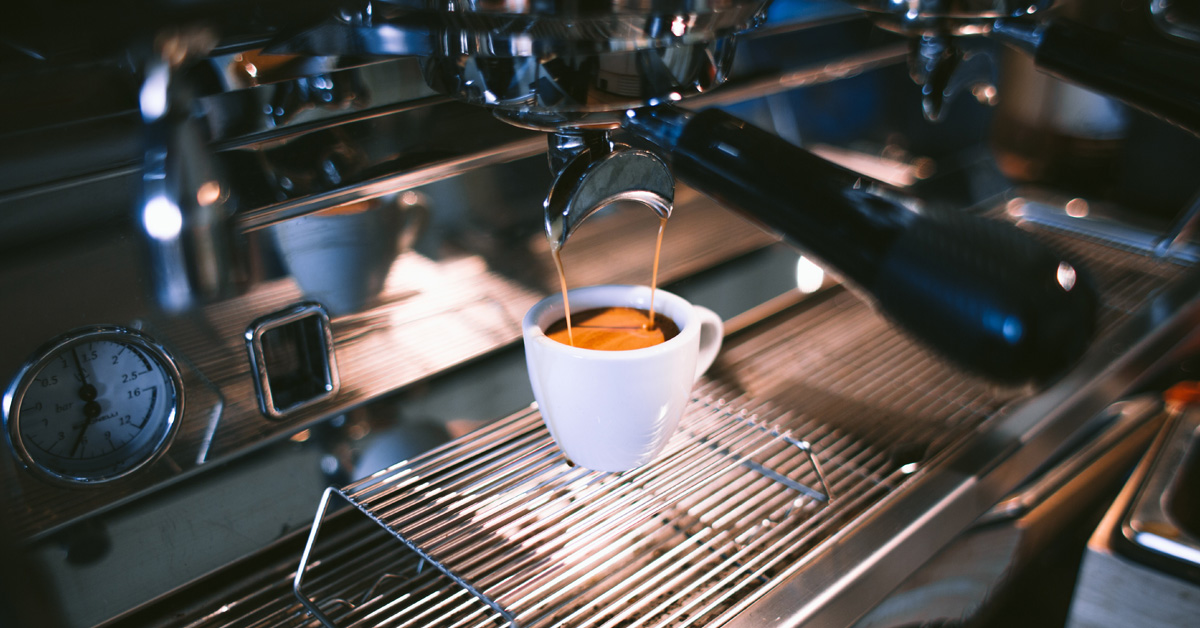Brew up some coffee chemistry
18 June 2020
There’s a lot going on in your cup of coffee. All those complex and varied taste sensations, the aroma, the ‘mouthfeel’ or texture of the brew—they all contribute to your overall experience of consuming the drink. And those elements are each the result of some interesting underlying chemistry.
From the farm to your cup, there are many processes that affect the chemical composition, flavour and sensory experience of the beverage you finally get to sip. Generally, the fruit from farmed Coffea plants, called coffee cherries, are harvested, then the outer layer of the cherry is removed in a fermentation process or by drying, revealing the seed or the ‘green bean’. The next step, roasting the beans, is also an important process for a number of chemical reactions such as the Maillard reaction (really a series of reactions) and caramelisation, further changing the chemical structure and flavour profile of the beans. As soon as the roasted beans are ground ready for serving, the inside is exposed to air and even more chemical reactions take place.

Every brew you or your barista concocts will have a different chemical composition and provide a slightly varied sensory experience. Let’s take a look at some of the key constituents that affect the taste and flavour of coffee.
Alkaloids (caffeine and trigonelline)
Caffeine, an alkaloid, may well be the reason you like to drink coffee. Alkaloids have a stimulating effect on the central nervous system, increasing alertness, and are extractable in water. They have a bitter flavour in their original form.
Caffeine contributes to the strength, body and bitterness which are characteristic of coffee. This may be why the flavour isn’t quite the same in decaf coffee. Depending on the species and variety, caffeine makes up 0.6 to 4 per cent of the bean. Roasting does not reduce the amount of caffeine.
Trigonelline is an alkaloid found in coffee beans at slightly lower concentrations than caffeine. It starts to decompose at 160°C so in the roasting process (which is hotter—up to 200°C), more than half the trigonelline is lost, in the process producing aromatic compounds that create sweet, caramel and earthy aromas.

Volatile compounds
Volatile compounds are organic compounds that evaporate at room temperature. These are responsible for much of coffee’s aroma and generally come about from reactions during the roasting process, but storage may impact them too. They may be grouped by their odour, such as earthy odorants, fruity odorants or spicy odorants.
Chemists are continuing to isolate which volatile compounds create certain attributes of coffee. For example, furan compounds are usually responsible for a sweet, malty aroma and pyrazine compounds contribute nutty, earthy, roasty, green aromas. Investigating all these compounds is a work in progress, as there are more than 1000 volatile compounds found in a typical cup of coffee. They are volatile by name and nature—they tend to fly away before there is time to measure them!
Acids
Green beans have a high level of acidity compared to roasted beans. Acids in coffee include citric, malic, chlorogenic and quinic acids, among others—all of which have a tart flavour and tend to balance the sweetness and bitterness of coffee. The products of broken-down acids are often involved in the Maillard reaction and produce a wide range of compounds including the very bitter-tasting and brown-coloured melanoidins. Thus, the darker the roast, generally, the more bitter the bean will be.

Lipids (coffee oil)
Most of a green coffee bean is made up of lipids, or coffee oil. During roasting, the lipids move from inside the bean to the surface. Once extracted into the coffee brew, they provide the crema—that creamy, flavourful part floating on the top of an espresso. The oils carry volatile compounds and fat-soluble vitamins. They contribute to the mouthfeel and texture of a brew.
Knowing the chemical intricacies of coffee helps the industry to manipulate parts of the process to obtain a certain taste, aroma or mouthfeel. It is also useful for identifying potential health impacts and effects of coffee. The growers, harvesters, transporters, processors, roasters, baristas and many other people in between have a hand (whether deliberate or not) in influencing how the chemistry will change the end product. No wonder coffee has a lot of character—so much has gone into each cup.





